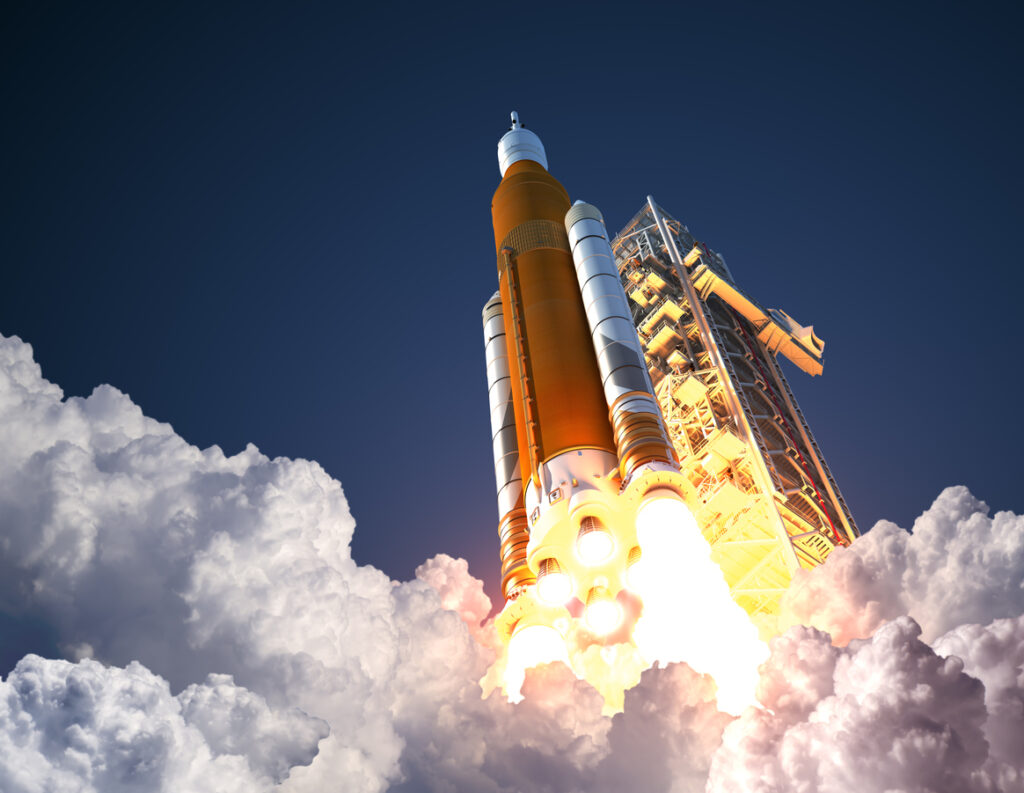
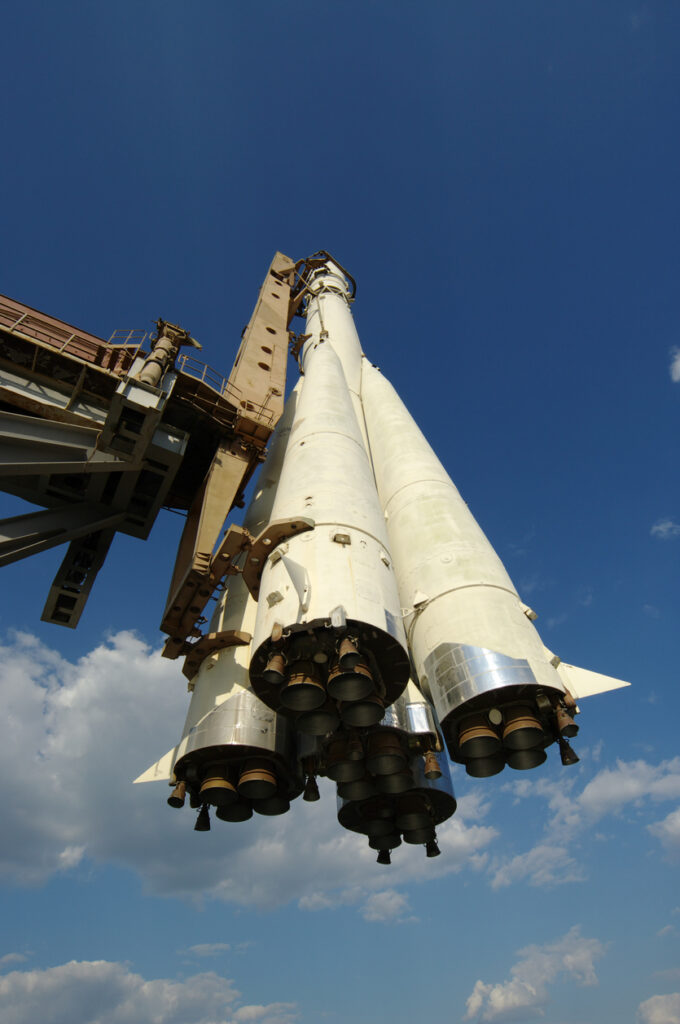
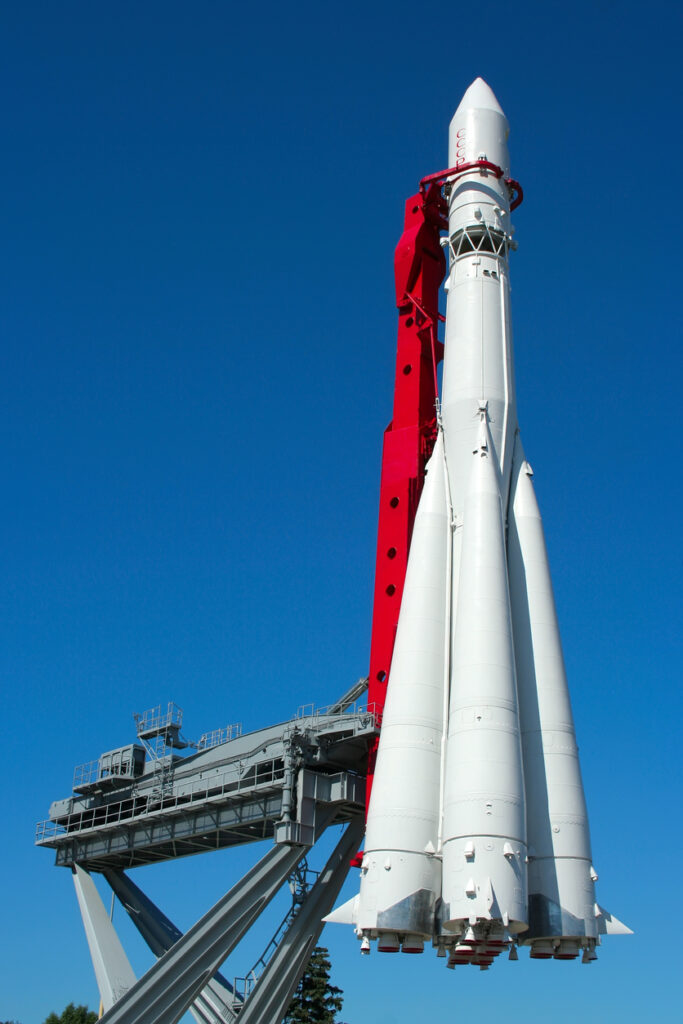
Metal 3D printing is revolutionising the space industry by enabling the creation of lighter, stronger, and more efficient parts with complex geometries. This technology will play an even bigger role in future space exploration endeavours.
We have incorporated approximately 8,000 of our metal 3D printed aerospace components into spacecraft to date. On a yearly basis we 3D print 2,500-3,500 spacecraft parts for our global partners.
Launching objects into space requires immense power, and that’s where launch vehicles come in. Overcoming Earth’s gravity, these incredible machines, multi-stage rockets by design, thrust payloads into orbit or beyond.
Undoubtedly, confidentiality agreements prevent us from disclosing specific clients. However, we’re equally excited to discuss the numerous advantages our metal 3D printing technology offers for launch vehicles and rocket engines.
3D Printing for Launch Vehicles
Complex machines, launch vehicles propel payloads into space by utilizing several key parts, each with a crucial role in achieving liftoff and delivering the payload to its destination.
Leveraging our expertise in metal 3D printing, we produce a significant portion of launch vehicle components in the following metals:
- Inconel 718, valued for its high temperature application and strength
- Stainless Steel 15-5ph known for its strength and machinability
- Stainless Steel 316L is also used but it doesn’t represent the dominant material used
A typical launch vehicle consists of:
3D Printing for Rocket Engines
These workhorses, create the thrust needed to lift off. They burn propellants, which can be a combination of liquid fuels and oxidizers, or solid propellants.
The following are some examples of the rocket engine parts we print and what part they play:
- Combustion chamber: this is the heart of the engine, where the propellants are mixed and burned to generate thrust. Often 3D printed in Inconel 718, due to its ability to withstand extreme heat and pressure during combustion.
- Injector: this sprays the propellants into the combustion chamber in a precise manner to ensure efficient combustion. 3D printing enables the creation of injectors with complex geometries that optimise fuel mixing and atomisation.
- Fuel pumps, impellors, housings etc: 3D printing enables complex and/or intricate designs with maximised output compared to weight.
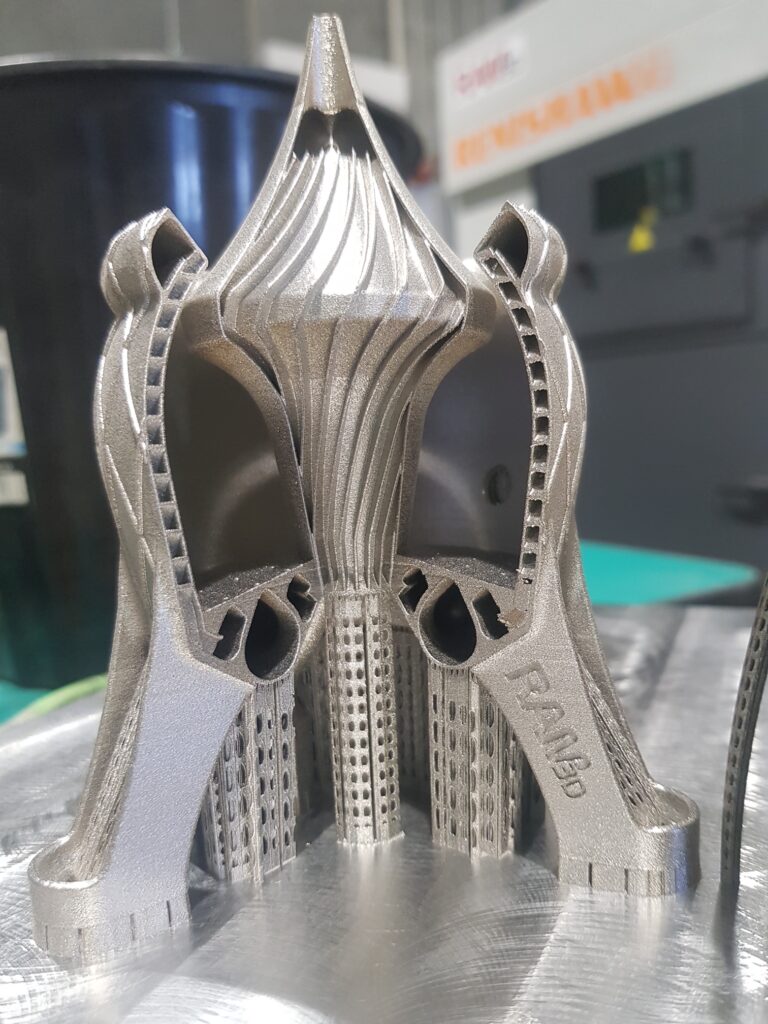
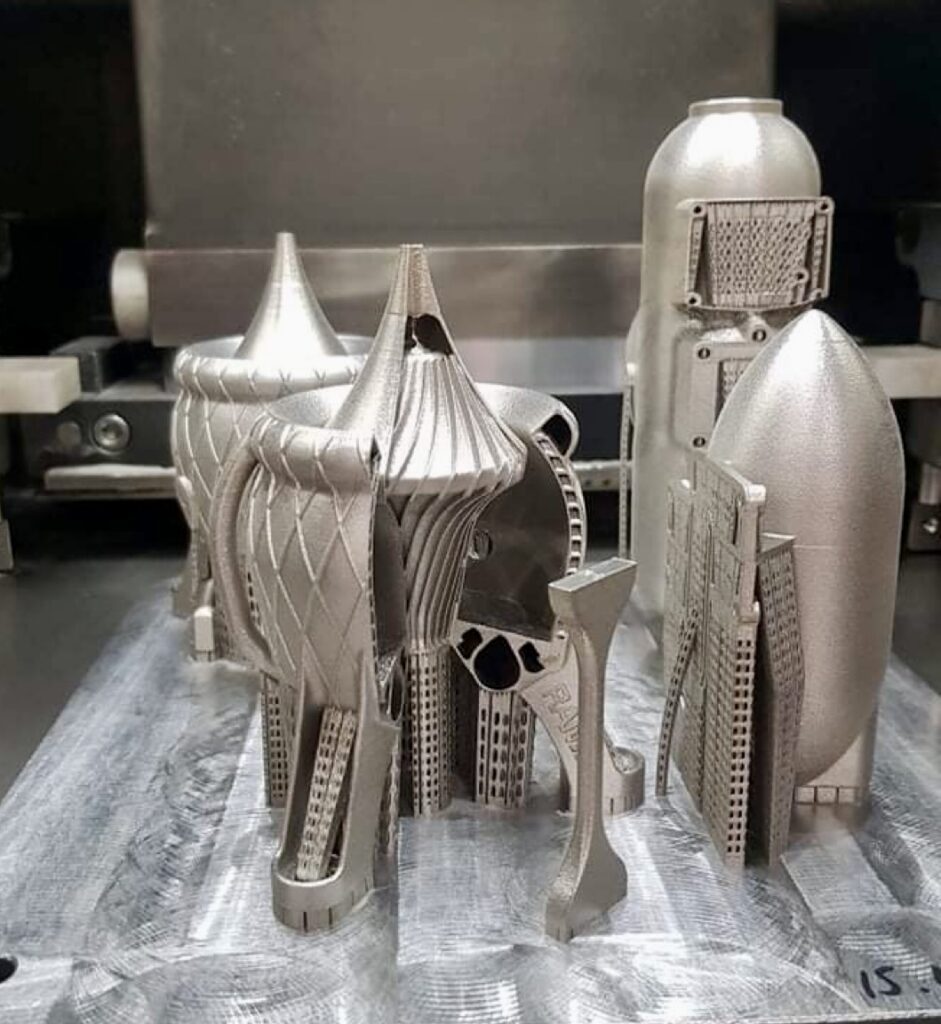
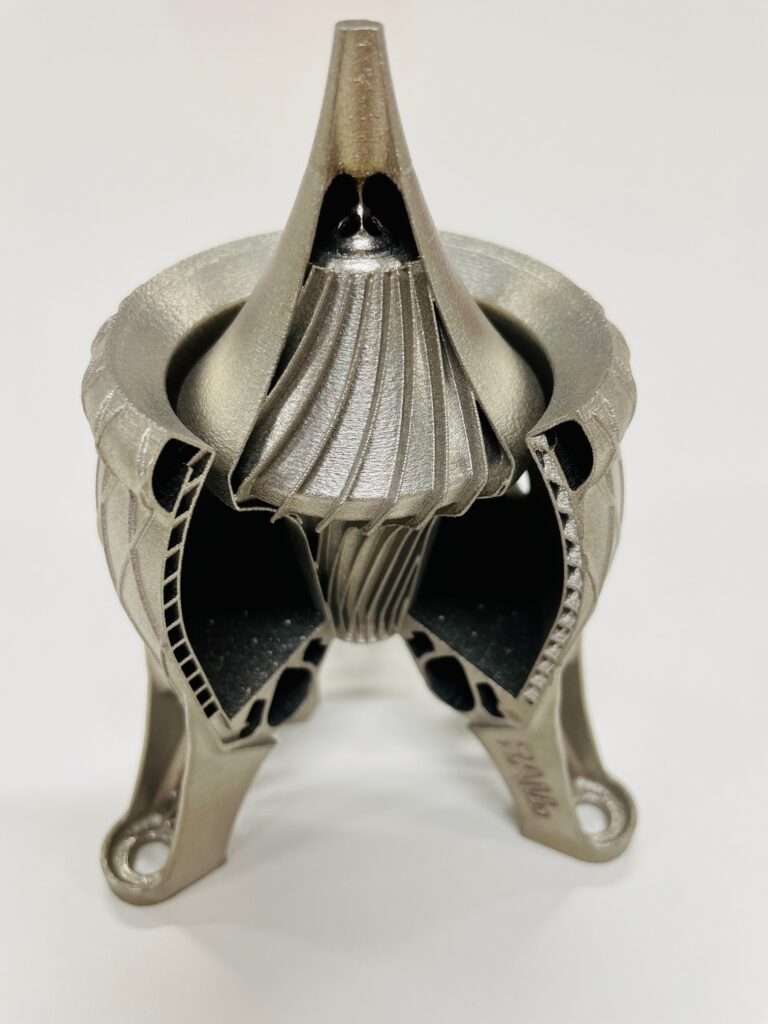
Guidance, navigation and control systems
These systems ensure the vehicle follows the correct trajectory and reaches its destination. 3D printing allows for complex, performance driven design for components like brackets or housings, reducing weight without compromising strength, which directly impacts the launch vehicle’s performance and fuel efficiency.
Quality Control takes centre stage
The aerospace industry operates under incredibly stringent standards. Every component, from the smallest screw to the most complex thruster, must undergo rigorous testing and meet rigorous safety regulations before being deemed flight-worthy. We understand the challenges of navigating this complex process, and our proven track record of securing flight certifications for parts with multiple companies demonstrates our expertise and commitment to quality.
From bespoke to full production
Many of our global partners started their journey with us 3D printing prototypes and bespoke components. The lessons they have learnt over time has allowed them to move to on-demand manufacturing. This did not happen overnight!
Providing on-demand space components is still a challenging task due to the inherent high costs and complexities of spaceflight. Some space companies are developing resuable launch vehicles and space craft parts. This significantly reduces costs compared to single-use systems, as components can be refurbished and flown again, decreasing the need for constant production.
Building spacecraft fit for the future
For twelve years, we’ve been at the forefront of space and drone technology, pushing the boundaries of innovation and forging trusted partnerships with industry giants. This journey has honed our expertise and established us as a reliable collaborator, and we can’t wait to see what the next decade holds as we continue shaping the future of these exciting fields.
